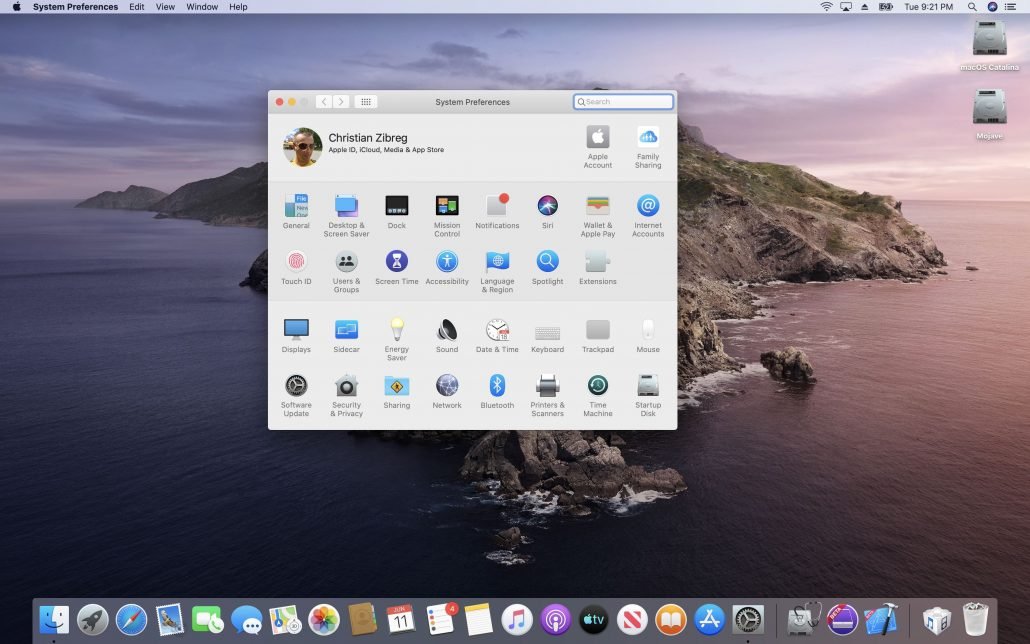Installing MongoDB on Mac (Catalina and non-Catalina) 14th Feb 2020. I had to reconfigure my Macbook after sending it for repairs. During the reconfiguration period, I noticed the instructions I linked to in “Setting up a local MongoDB connection” were outdated. An easy way to obtain libgdiplus is by using the Homebrew ('brew') package manager for macOS. After installing brew, install libgdiplus by executing the following commands at a Terminal (command) prompt: brew update brew install mono-libgdiplus Install with an installer. MacOS has standalone installers that can be used to install the.NET 5.0 SDK.

Translations of this page:Français (Translators, please see Discussion page.)
Installing WineHQ packages
In this article, we learned how to install the MongoDB community edition on macOS Catalina and higher. We use the Homebrew package manager to install MongoDB binaries and to manage MongoDB service. If you enjoy reading this article, don't forget to share it with your friends and followers. I’m trying to install the whole thing on Mac OS Catalina (10.15.3) but with Homebrew; not with Macport. So far so good, I managed to compile and run everything: Python 3.8.1 built from source, with a binding to the latest TCL/TK (8.6.10) compilation of the geoviewer, no errors, with Apple clang: version 11.0.0 (clang-1100.0.33.17) However, when I run flair (which starts without errors.
Official WineHQ packages of the development and stable branches are available for macOS 10.8 to 10.14 (Wine won't work on macOS Catalina 10.15). Please test these packages and report any bugs at http://bugs.winehq.org.
Prerequisites:
- XQuartz >= 2.7.7
- Gatekeeper must not be set to block unsigned packages.
Installing:
Both .pkg files and tarball archives are available at https://dl.winehq.org/wine-builds/macosx/download.html.
Installing from a .pkg file is recommended for inexperienced users.
To install from a .pkg file, double-click on the package, and the usual macOS installer wizard should open. The process should be self-explanatory. It is possible to install the package either for all users (needs administrator privileges), or just for your current user. After the installation is finished, you should find an entry 'Wine Staging' or 'Wine Devel' in your Launchpad. By clicking on it, a new Terminal window opens with a short introduction into some important wine commands. You can now directly start wine/winecfg/... from the Terminal, as the PATH variable is set correctly. For user convenience, the package also associates itself with all *.exe files, which means you can run windows executables just by double-clicking on them.
To install from a tarball archive, simply unpack it into any directory. There is no need to set DYLD_* environment variables; all paths are relative, so it should work as long as the directory structure is preserved (you can skip the /usr prefix though using --strip-components 1).
For more information, see https://www.winehq.org/pipermail/wine-devel/2015-December/110990.html and https://www.winehq.org/pipermail/wine-devel/2016-January/111010.html.
Installing Winehq packages using homebrew
Winehq packages can be installed using homebrew
XQuartz can be installed using;
To install wine the following command can be used;

wine-stable, wine-devel or wine-staging packages can be installed using the above example.The advantage of installing via homebrew means wine is available from a standard terminal sessionThe --no-quarantine line to used to above brew adding the quarantine bit
Building Wine
See Building Wine on macOS
Uninstalling Wine
- Remove the source tree and binaries.
Using Homebrew:
Using MacPorts, uninstall the wine package you previously installed:
Replace wine with wine-devel if you installed the development version.
Otherwise and if you used `sudo make install`, revert it:
Then simply delete your local Wine source code directory:
- Clean-up pseudo C: drive and registry entries as well as all programs installed to C:
- Check the hidden directory `$HOME/.local/` where Wine stores some desktop menu entries and icon files as it interoperates with the X.Org Foundation and the Free Desktop.
Note: Files in this directory are unused on macOS unless you use a UNIX window manager and other X11 applications instead of the native MacOS apps.
Third Party Versions
Third party versions of Wine, such as Wineskin, Winebottler, and PlayOnMac, are not supported by WineHQ. If you are using one of those products, please retest in plain Wine before filing bugs, submitting AppDB test reports, or asking for help on the forum or in IRC.
See Also
Setting Up A Database
We're going to install sqlite3 from homebrew because we can't use the built-in version with macOS Sierra without running into some troubles.
Rails ships with sqlite3 as the default database. Chances are you won't want to use it because it's stored as a simple file on disk. You'll probably want something more robust like MySQL or PostgreSQL.
There is a lot of documentation on both, so you can just pick one that seems like you'll be more comfortable with.
If you're new to Ruby on Rails or databases in general, I strongly recommend setting up PostgreSQL.
If you're coming from PHP, you may already be familiar with MySQL.
MySQL


You can install MySQL server and client from Homebrew:
Once this command is finished, it gives you a couple commands to run. Follow the instructions and run them:
By default the mysql user is root with no password.
When you're finished, you can skip to the Final Steps.
PostgreSQL
You can install PostgreSQL server and client from Homebrew:
Install Brew Mac Os Catalina Island
Once this command is finished, it gives you a couple commands to run. Follow the instructions and run them:
Install Brew Macos Catalina
By default the postgresql user is your current OS X username with no password. For example, my OS X user is named chris so I can login to postgresql with that username.